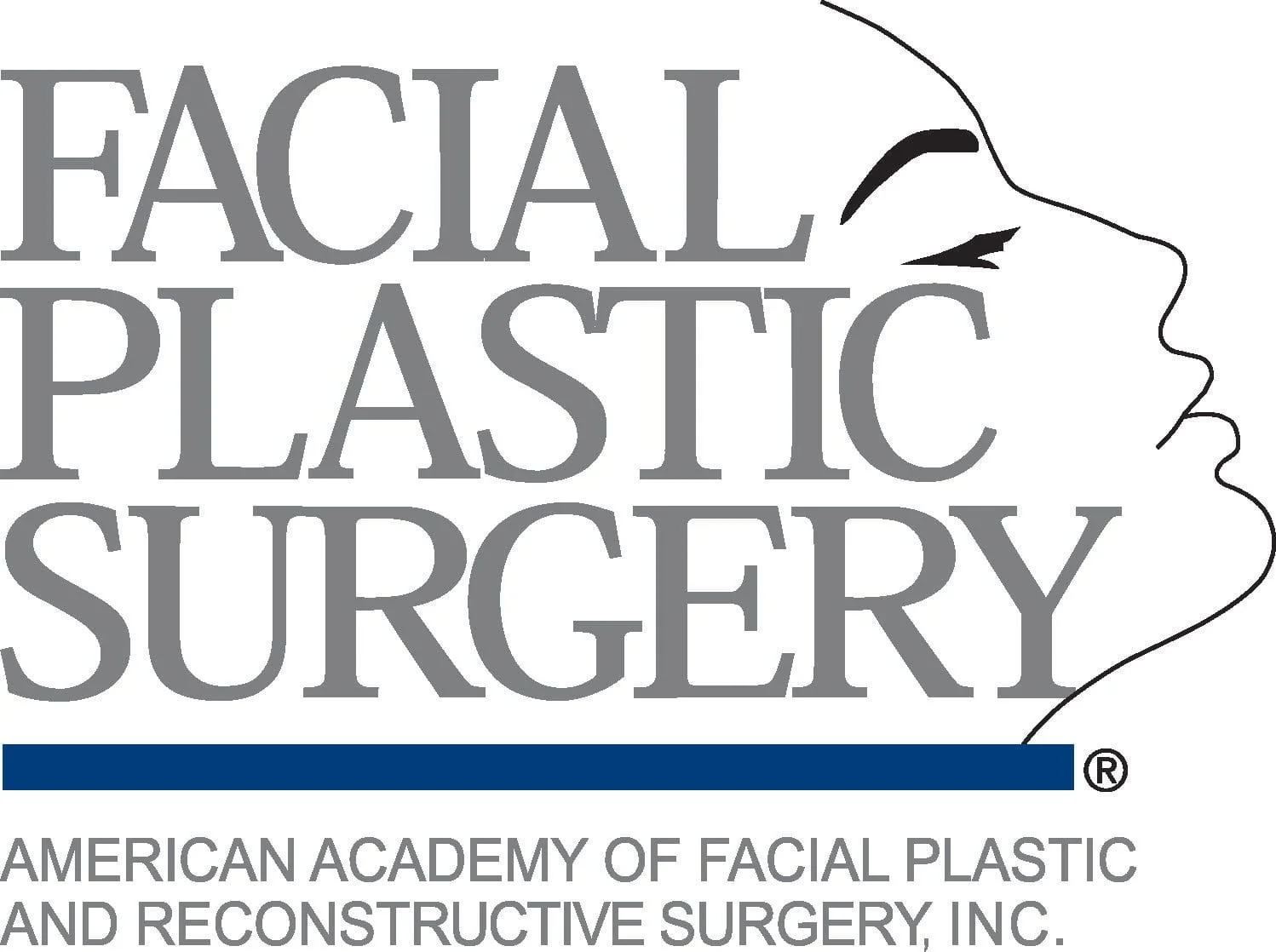Otosclerosis is a disease of the bone surrounding the inner ear. It can cause a hearing loss when abnormal bone forms around the stapes, reducing the sound that reaches the inner ear. This is called conductive hearing loss. Less frequently, otosclerosis can interfere with the inner ear nerve cells and can affect the production of the nerve signal and this is called sensorineural hearing loss. The amount of your loss and whether it is conductive or sensorineural can be determined by hearing tests.
The cause of otosclerosis is not fully understood although it tends to run in families and can be hereditary. People who have a family history of otosclerosis are more likely to develop the disorder.
Otosclerosis affects the ears only and not other parts of the body. Both ears are usually involved to some extent. However, in some individuals only one ear is affected. It usually begins in the teens or early 20s. Some research suggests a relationship between otosclerosis and the hormonal changes associated with pregnancy.
The most common symptom is hearing loss which may take many years to become obvious. The degree of hearing loss may range from slight to severe. It can be conductive, sensorineural or both. In addition to hearing loss, some people with or sclerosis may experience ringing in the ear. Otosclerosis may also cause dizziness on rare occasions.
There is no known cure for otosclerosis. The individual with otosclerosis has several options: do nothing, be fitted with hearing aids, or surgery.
The operation for otosclerosis is called stapedotomy and usually takes about an hour. An incision is made inside the ear canal and the top part of the stapes is removed with fine instruments. A small opening is then made at the base or footplate of the stapes into the inner ear. A metal prosthesis is then inserted into the ear to conduct sound. A packing is then placed in the ear canal. The chances of obtaining a good result from this operation by experienced surgeons are over 80 percent. This means that eight out of ten patients will get an improvement of hearing up to the level at which their inner ear is capable of hearing.
Potential complications with stapedotomy include dizziness, tasted disturbance, loss of the hearing (1% severe hearing loss), ringing in the ear, eardrum perforation (less then 1%), facial weakness (rare complication is usually temporary), incus erosion, and displaced prosthesis.
After Surgery Instruction
- DO NOT GET WATER IN THE EARS! This is very important because it may cause infections.
- You may take shower, but do so with the ear plugged with cotton balls coated with vasoline until cleared by Dr. Kim.
- Please do not strain, blow nose, or lift heavy things for about 2 weeks. Cough or sneeze with mouth open.
- You may resume pre-op diet as tolerated.
-
Expected:
- discharge for 1-3 weeks
- mild-moderate pain
- mild dizziness, nausea and vomiting, and mild fever for few days.
- Contact Dr. Kim if the following conditions arise:
- fever >101.5
- Bleeding
- Nausea and vomiting lasting greater than 2days.
- It is extremely important that you come back for routine visits.
- Usually, you should be seen within three weeks following the surgery. Please call the office for an appointment.
- You may return to school or work when you feel up to it- usually in 1-2 weeks.



